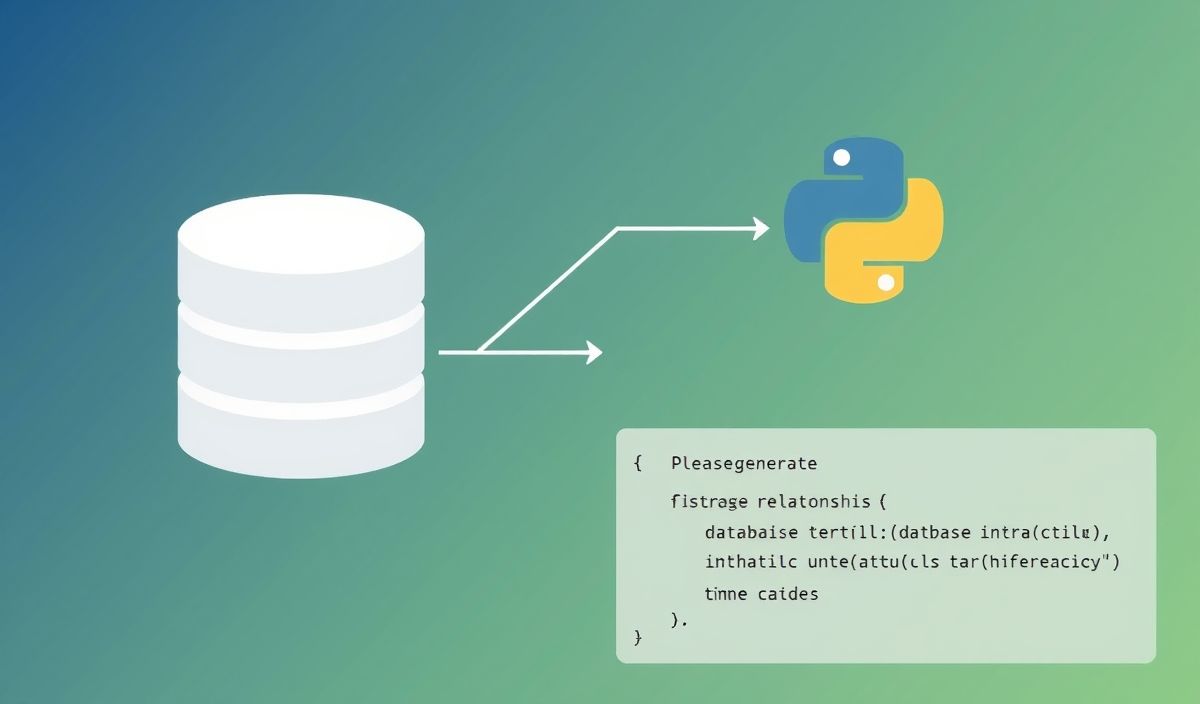Introduction to PostCSS
PostCSS is a powerful tool for transforming CSS with JavaScript plugins. It’s widely used for its flexibility and extensive plugin support. PostCSS can help you write maintainable and future-proof CSS by allowing you to use modern CSS syntax and compile it down for older browsers.
Installation
To get started with PostCSS, you need to install it using npm:
npm install postcss postcss-cliBasic Usage
Here’s a basic example of how to use PostCSS:
const postcss = require('postcss');
const autoprefixer = require('autoprefixer');
postcss([autoprefixer])
.process(css, { from: 'src/app.css', to: 'dist/app.css' })
.then(result => {
fs.writeFileSync('dist/app.css', result.css);
if (result.map) {
fs.writeFileSync('dist/app.css.map', result.map.toString());
}
});
Useful APIs in PostCSS
postcss()
The postcss() function is used to create a new instance of PostCSS. It takes an array of plugins as an argument.
const postcss = require('postcss');
const cssnano = require('cssnano');
const processor = postcss([cssnano()]);
process()
The process() method processes the given CSS using the plugins specified during the creation of the PostCSS instance.
processor.process('a { color: black }', { from: undefined })
.then(result => {
console.log(result.css);
});
Plugin Creation
Plugins in PostCSS are functions that take a root node and modify it.
const myPlugin = postcss.plugin('my-plugin', () => {
return (root) => {
root.walkDecls(decl => {
if (decl.value === 'black') {
decl.value = 'white';
}
});
};
});
postcss([myPlugin])
.process(css, { from: 'src/app.css', to: 'dist/app.css' })
.then(result => {
console.log(result.css);
});
Creating an Example Application
In this example, we’ll create a simple PostCSS setup that uses Autoprefixer and a custom plugin to transform our CSS.
Step 1: Initialize Package
npm init -y
npm install postcss postcss-cli autoprefixer
Step 2: Create PostCSS Configuration
module.exports = {
plugins: [
require('autoprefixer'),
require('./my-plugin')
]
};
Step 3: Create Custom Plugin
const postcss = require('postcss');
module.exports = postcss.plugin('my-plugin', () => {
return (root) => {
root.walkDecls(decl => {
if (decl.value === 'black') {
decl.value = 'white';
}
});
};
});
Step 4: Write CSS
/* src/app.css */
a {
color: black;
}
.btn {
display: flex;
}
Step 5: Run PostCSS
npx postcss src/app.css -o dist/app.css
Conclusion
PostCSS is an incredibly versatile tool for processing CSS. By using its powerful plugin system, you can automate a wide variety of tasks and ensure your styles are modern and maintainable.
Hash: 089950ae52dee9bedce427d642a2876d74d8e0e9bd8c949dbecb33948303dfad



